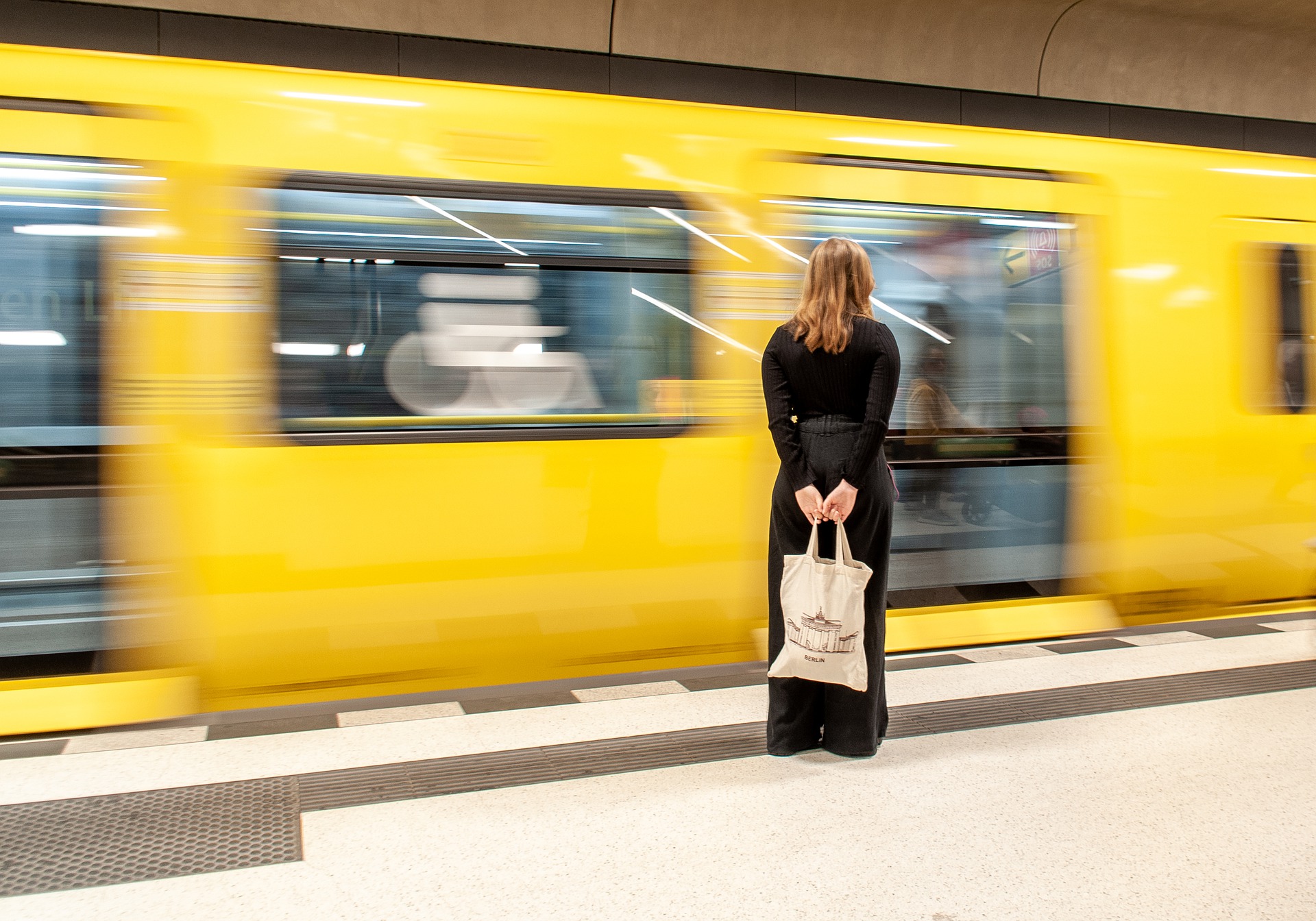

Navigating the Human Landscape of Proptech with Sanna Walfridsson
A few years ago proptech was a buzzword. Now, it’s a booming, vibrant and ever changing industry. What does the industry look like from the talent perspective now and in the future? Why does it attract so many people?






